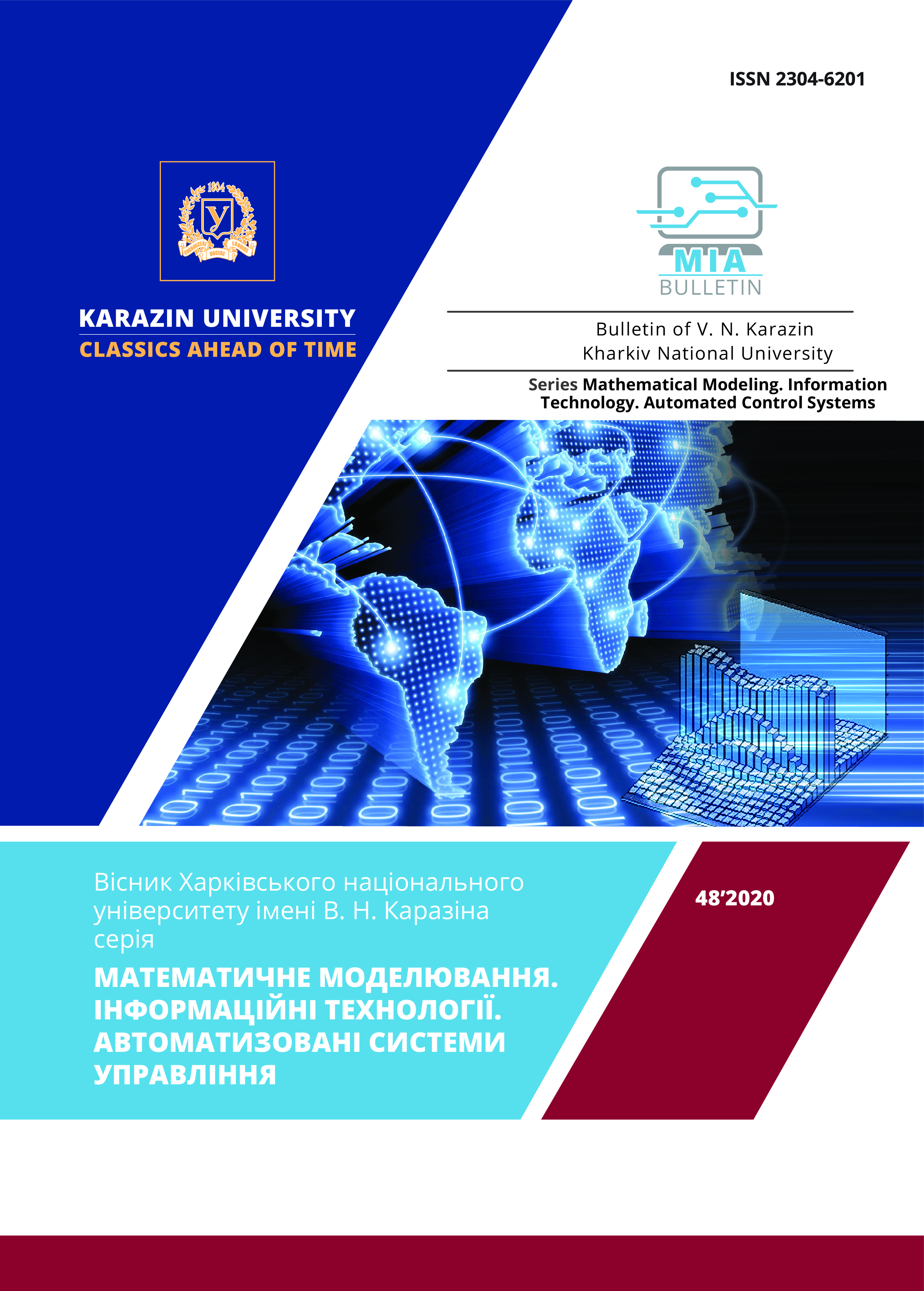Study of correlations of COVID-19 dynamics with social-economic factors
Abstract
Studying the current state of the dynamics of the COVID-19 spread is based on the statistical analysis of time series for the number of infected persons, recovered or died patients, the number of tests performed and other data available from open sources. The mathematical models of infectious diseases have been investigated. Sixty countries from Europe, Asia, Africa, North and South America and Oceania have been selected for the statistical analysis. Statistically significant dependences between the time series have been identified by means of correlation analysis, and their functional approximations have been obtained. The indicators that are the most informative for assessing the state of the epidemic and forecasting its further dynamics have been identified. It is shown that those indicators depend on a number of factors specific to a given country and, therefore, they should be calculated separately for each wave and phase of the pandemic. It has been confirmed that the averaged 14-day values for the new daily cases is a more reliable indicator of COVID-19 dynamics than the 1-day values but the approximation coefficients are country-specific. The correlation of the indicators with a number of socio-economic factors, among which the Human Development Index (HDI), tourism activity and social distance are the most significant, has been shown. The synergy of other factors that exhibited no significant effect separately should be noticed. A mathematical model of the disease spread dynamics as a system of ordinary differential equations (adapted SIR-model) is proposed and the criterion of asymptotic stability of the system, which is an indicator of the need for lockdown, is calculated. Identification of the parameters for the model of current phase of the epidemic by the analysis of statistical data allows assessing changes in the criterion of stability over time, predicting and controlling the dynamics of the epidemic.
Downloads
References
/References
M. Li, Zh. Zhang, W. Cao, etal., “Identifying novel factors associated with COVID-19 transmission and fatality using the machine learning approach”. Science of the Total Environment, 2020, 13 October, (in press) https://www.sciencedirect.com/science/article/pii/S0048969720363397
C.A. Varotsos, V.F. Krapivin, “A new model for the spread of COVID-19 and the improvement of safety”. Safety Science, 2020, Vol.132 (104962) https://doi.org/10.1016/j.ssci.2020.104962
K.J. Friston, T. Parr, P. Zeidman, et al. “Testing and tracking in the UK: A dynamic causal modelling study”. Wellcome Open Res., 2020, Vol.5, P.144 https://wellcomeopenresearch.org/articles/5-144
J.T. Wu, K. Leung, G.M. Leung, “Nowcasting and forecasting the potential domestic and international spread of the 2019-nCoV outbreak originating inWuhan, China: a modelling study”. The Lancet, 2020, Vol. 395, (10225), P. 689–697 https://doi.org/10.1016/S0140-6736(20)30260-9
V. Lopez, M. Cukic, “A dynamical model of SARS-CoV-2 based on people flow networks”. Safety Science, 2021, Vol. 134, 105034 https://doi.org/10.1016/j.ssci.2020.105034
S. Samanta, V.K. Dubey, B. Sarkar, “Measure of influences in social networks”. Applied Soft Computing Journal, 2020 (in press) https://doi.org/10.1016/j.asoc.2020.106858
N. Bacaër, A. Short, History of Mathematical Population Dynamics. Springer-Verlag, London, 2011, 162 р. https://doi.org/10.1007/978-0-85729-115-8
D. Aldila, S.H.A. Khoshnaw, E. Safitri, et al., “A mathematical study on the spread of COVID-19 considering social distancing and rapid assessment: The case of Jakarta, Indonesia”. Chaos, Solitons and Fractals, 2020, 139, 110042 https://doi.org/10.1016/j.chaos.2020.110042
K. Nikolopoulos, S. Punia, A. Schäfers, et al. “Forecasting and planning during a pandemic: COVID-19 growth rates, supply chain disruptions, and governmental decisions”. European Journal of Operational Research, 2020, (in press) https://doi.org/10.1016/j.ejor.2020.08.001
Li M., Zhang Zh., Cao W., et al. Identifying novel factors associated with COVID-19 transmission and fatality using the machine learning approach. Science of the Total Environment. 2020. 13 October, (in press). https://www.sciencedirect.com/science/article/pii/S0048969720363397
Varotsos C.A., Krapivin V.F. A new model for the spread of COVID-19 and the improvement of safety. Safety Science. 2020. Vol.132 (104962). https://doi.org/10.1016/j.ssci.2020.104962
Friston K.J., Parr T., Zeidman P., et al. Testing and tracking in the UK: A dynamic causal modelling study. Wellcome Open Res. 2020. Vol.5. P.144. https://wellcomeopenresearch.org/articles/5-144
Wu J.T., Leung K., Leung G.M. Nowcasting and forecasting the potential domestic and international spread of the 2019-nCoV outbreak originating inWuhan, China: a modelling study. The Lancet. 2020. Vol. 395(10225), P. 689–697. https://doi.org/10.1016/S0140-6736(20)30260-9
Lopez V., Cukic M. A dynamical model of SARS-CoV-2 based on people flow networks. Safety Science. 2021. Vol. 134. 105034. https://doi.org/10.1016/j.ssci.2020.105034
Samanta S., Dubey V.K., Sarkar B. Measure of influences in social networks. Applied Soft Computing Journal. 2020. (in press) https://doi.org/10.1016/j.asoc.2020.106858
Bacaër N., Short A. History of Mathematical Population Dynamics. Springer-Verlag, London. 2011. 162 р. https://doi.org/10.1007/978-0-85729-115-8
Aldila D., Khoshnaw S.H.A., Safitri E., et al. A mathematical study on the spread of COVID-19 considering social distancing and rapid assessment: The case of Jakarta, Indonesia. Chaos, Solitons and Fractals. 2020. 139. 110042 https://doi.org/10.1016/j.chaos.2020.110042
Nikolopoulos K., Punia S., Schäfers A., et al. Forecasting and planning during a pandemic: COVID-19 growth rates, supply chain disruptions, and governmental decisions. European Journal of Operational Research. 2020. (in press) https://doi.org/10.1016/j.ejor.2020.08.001




